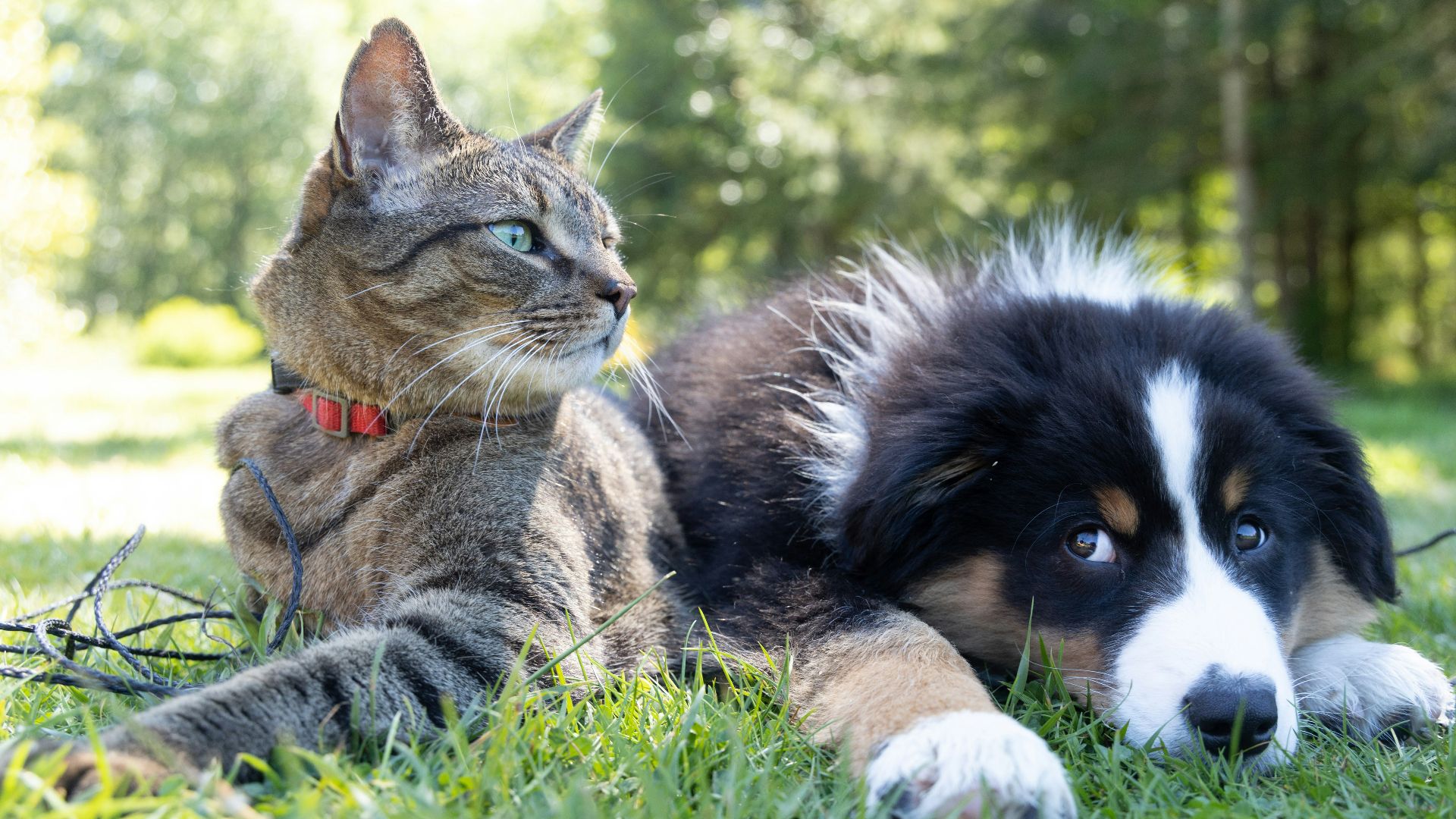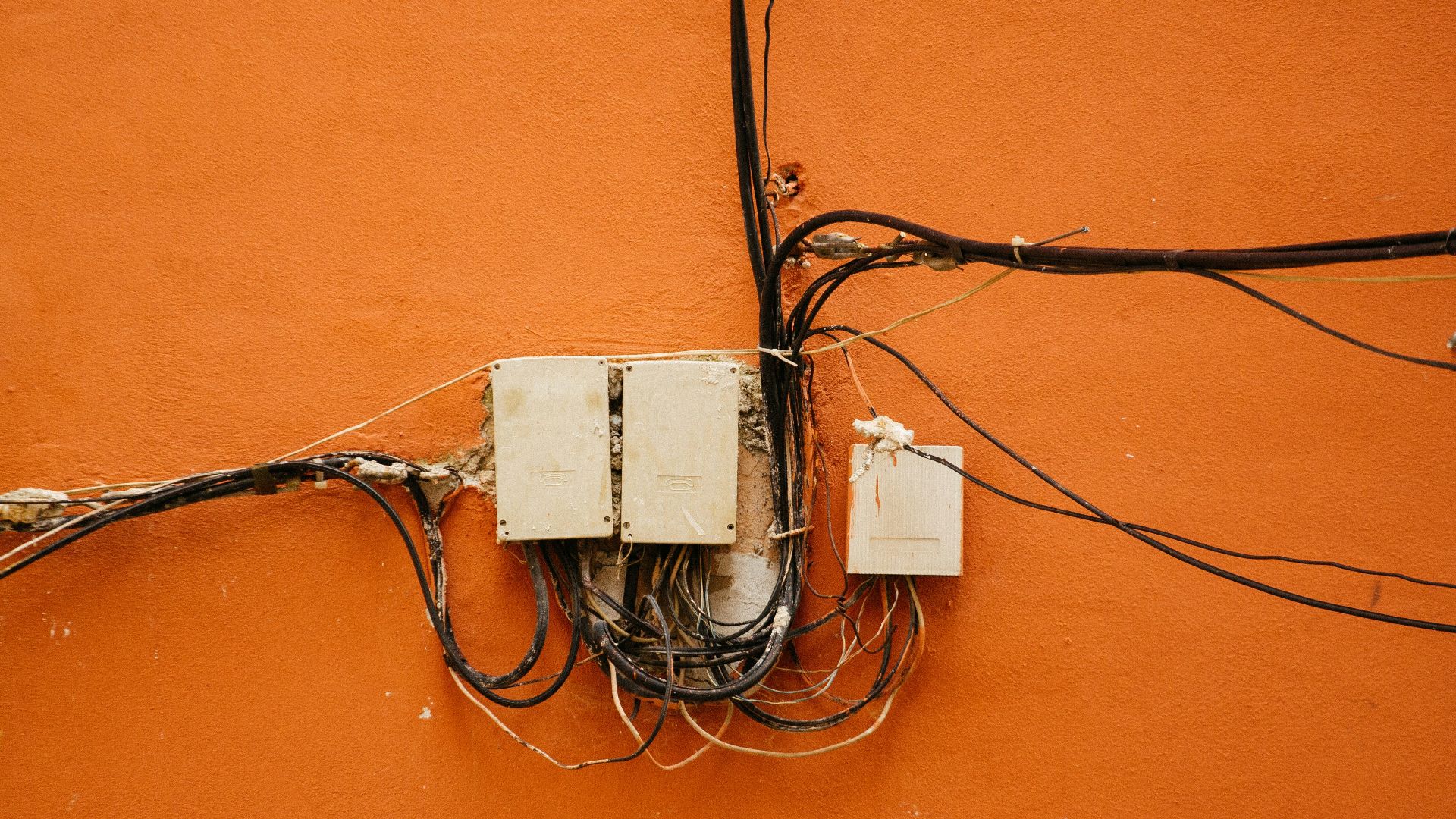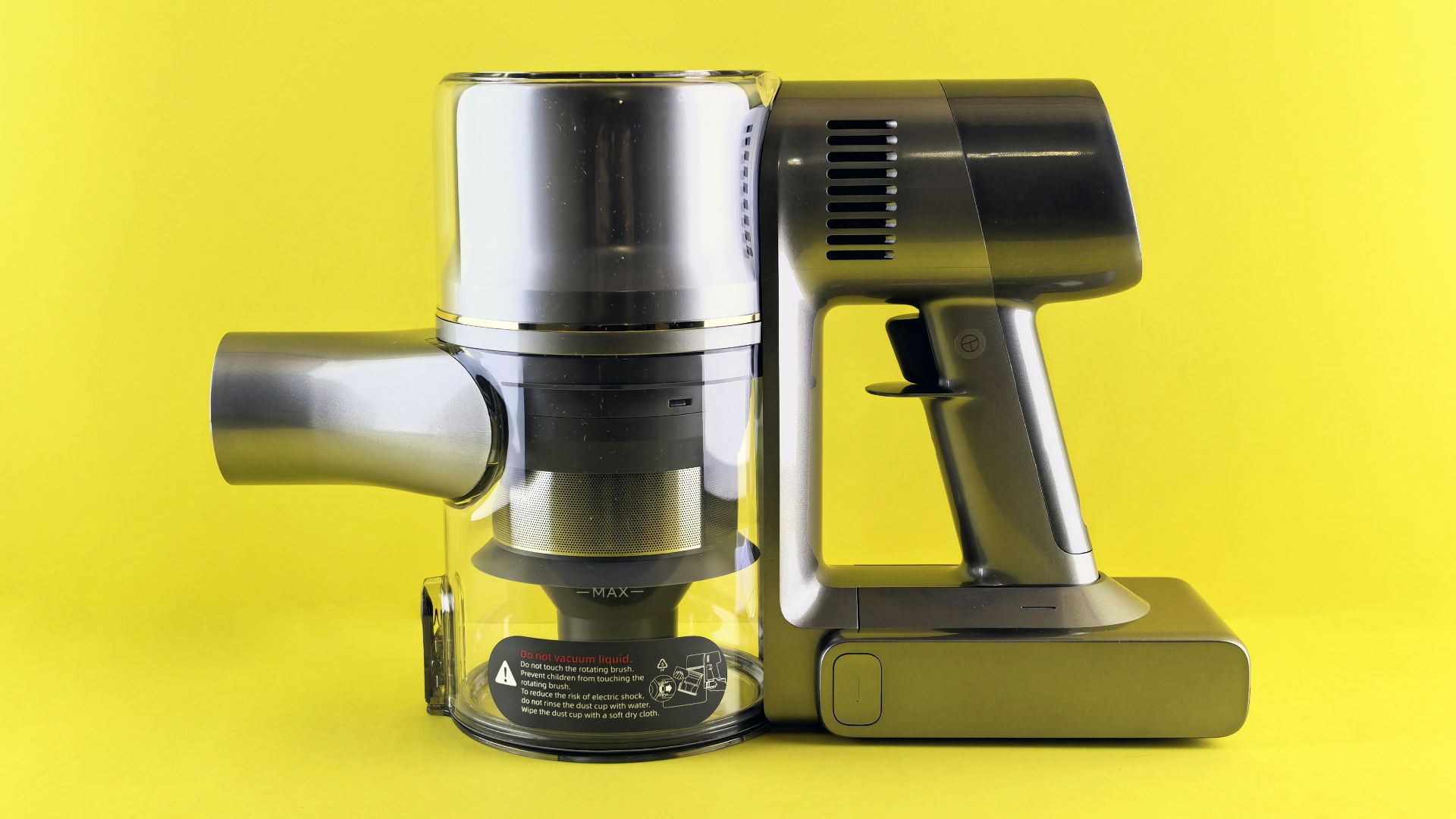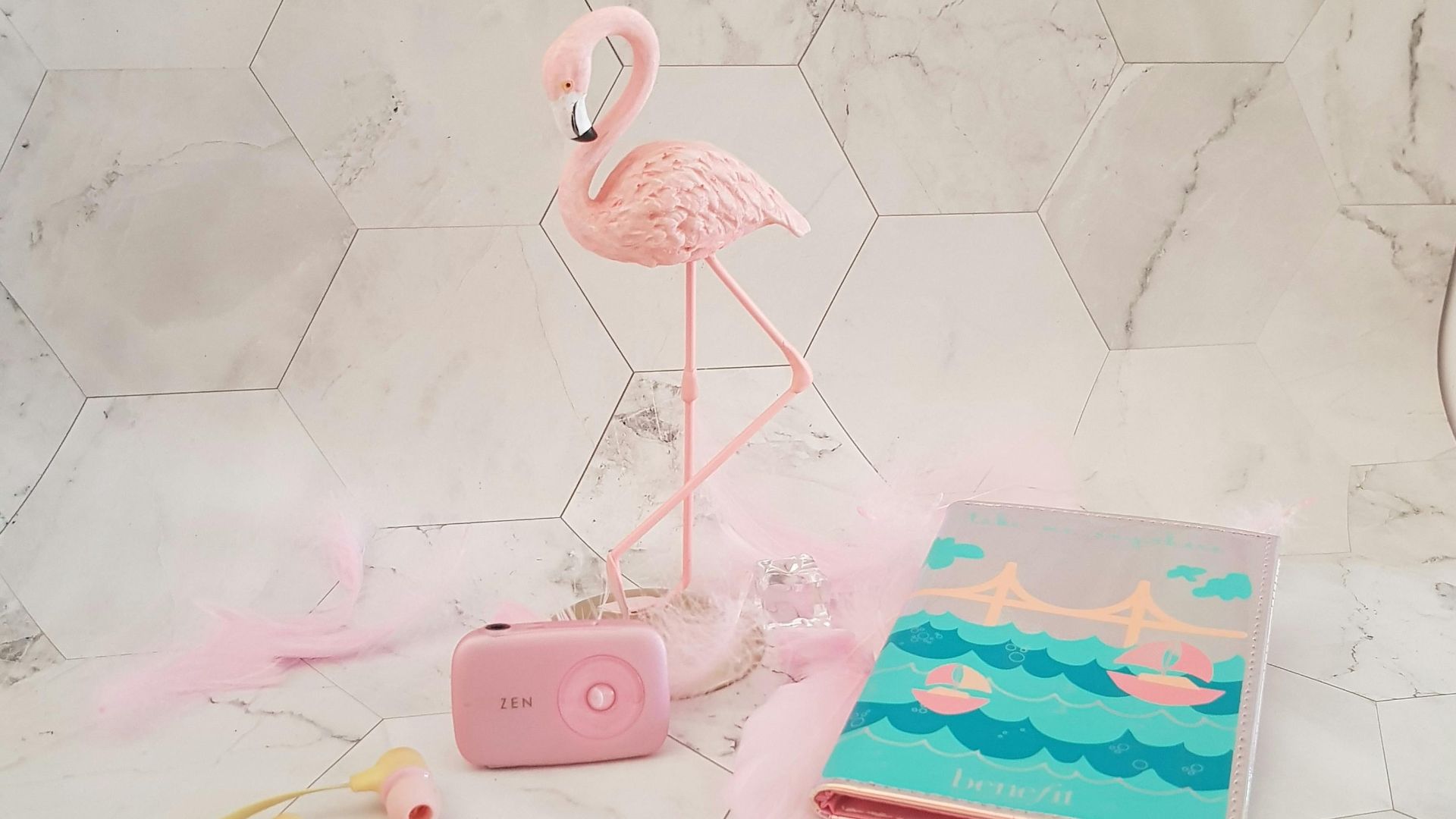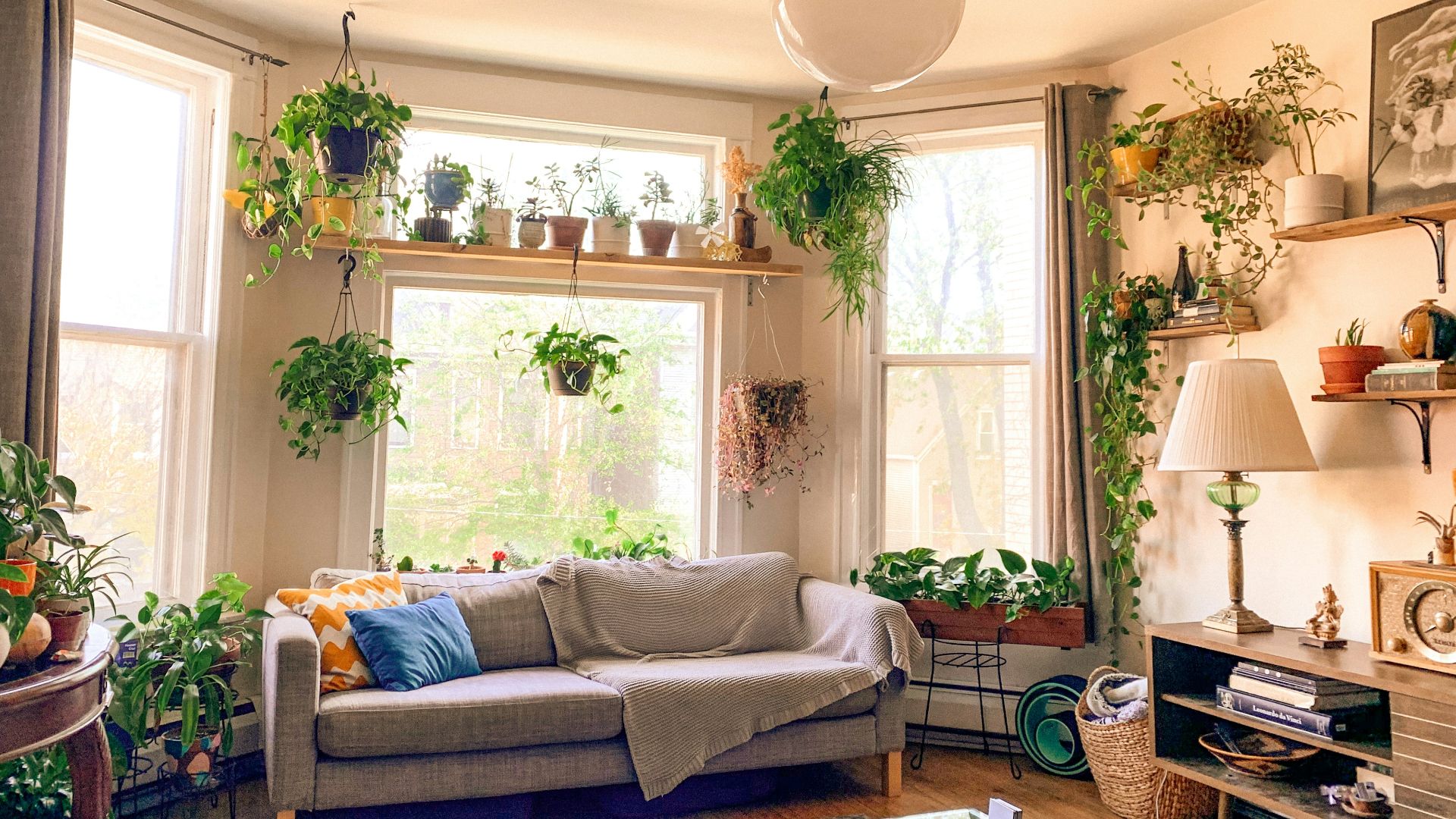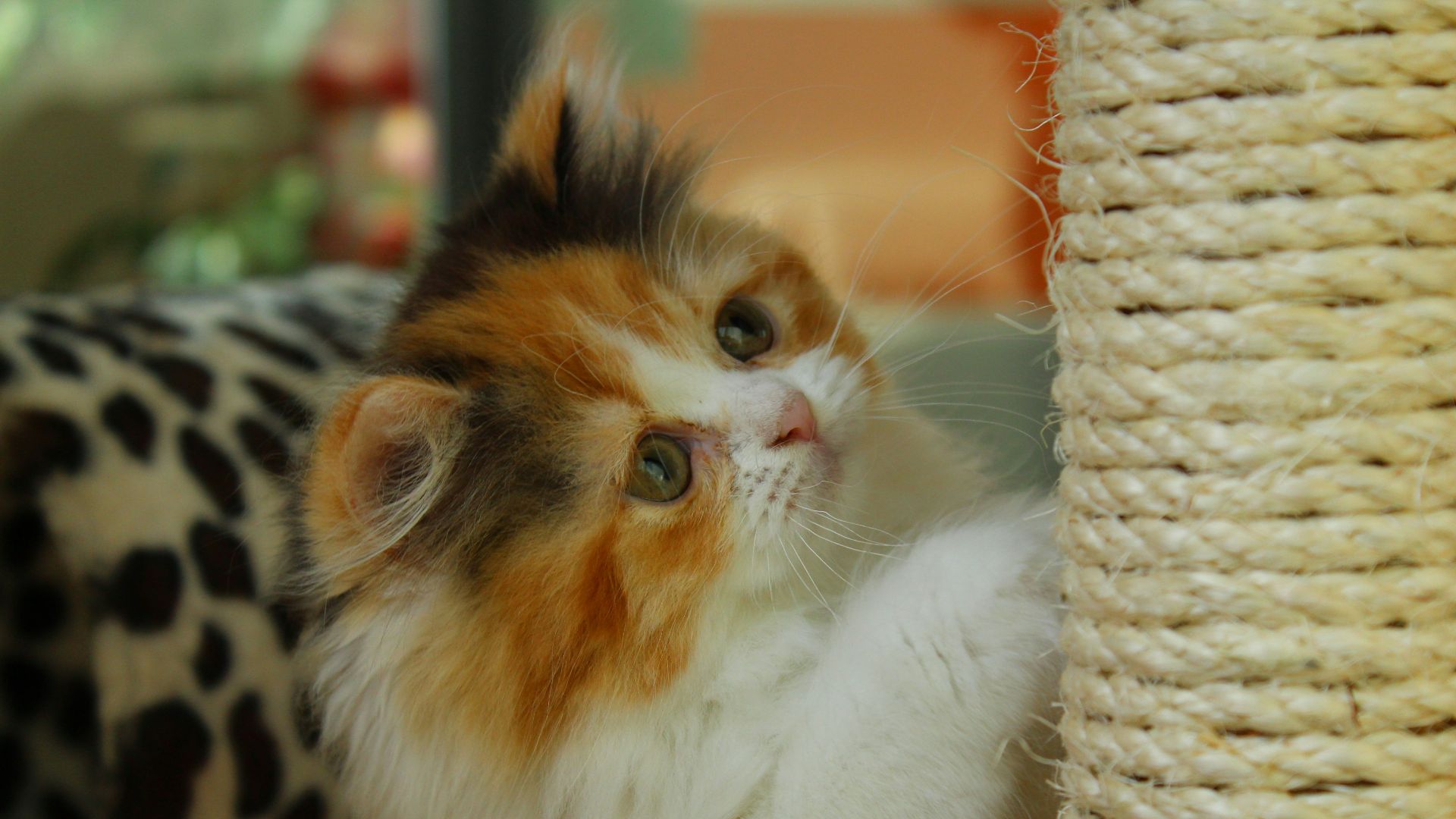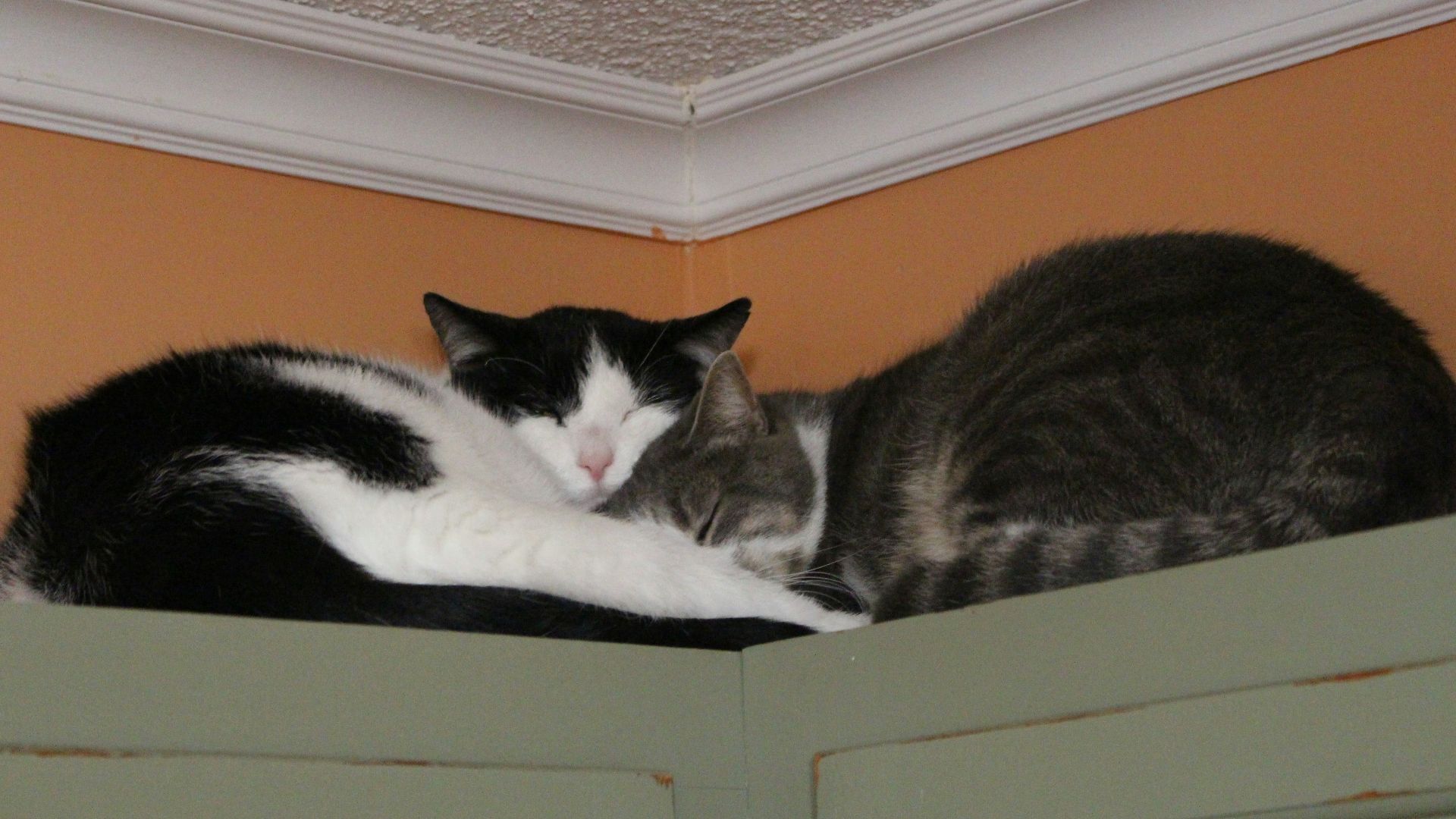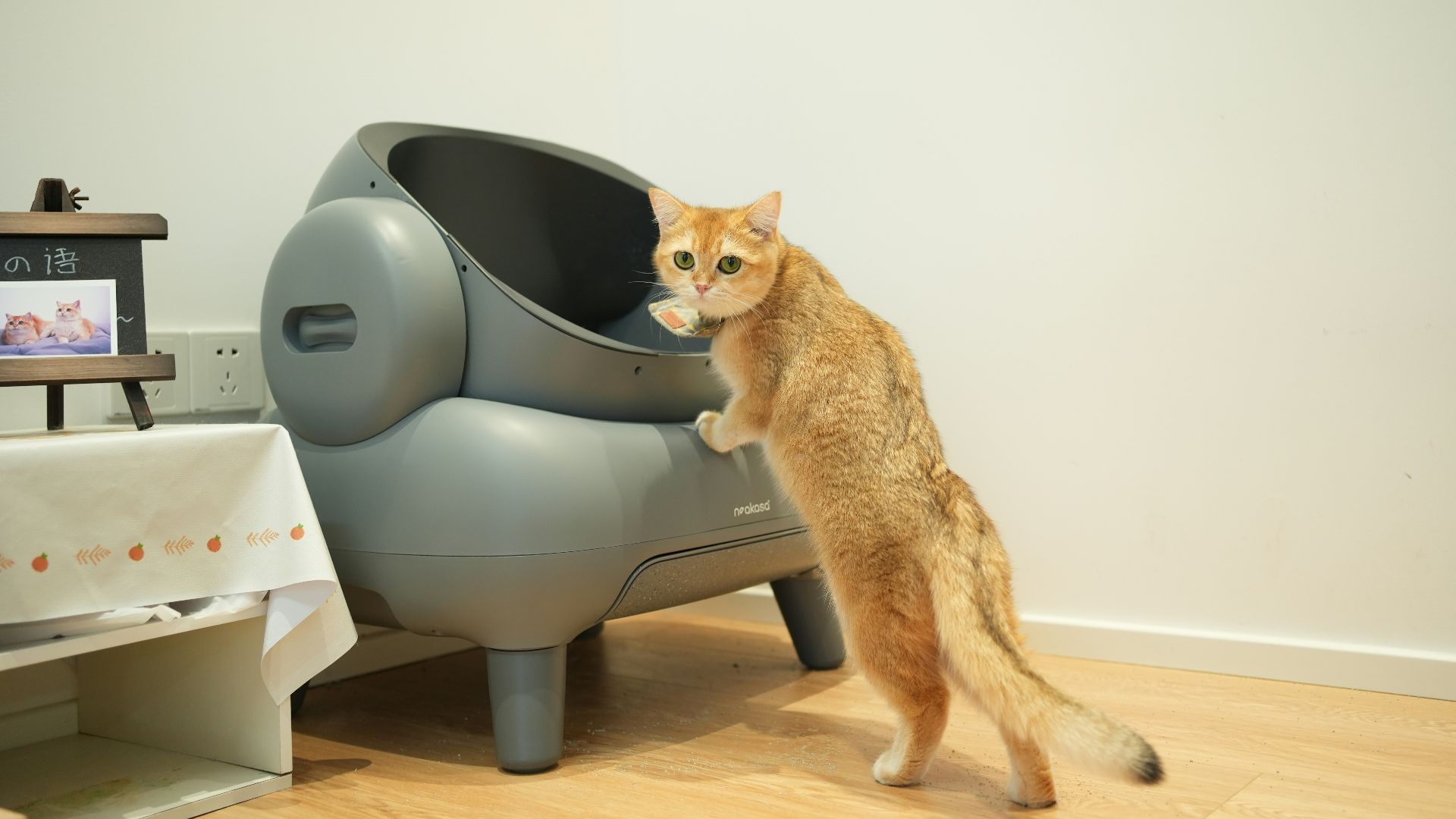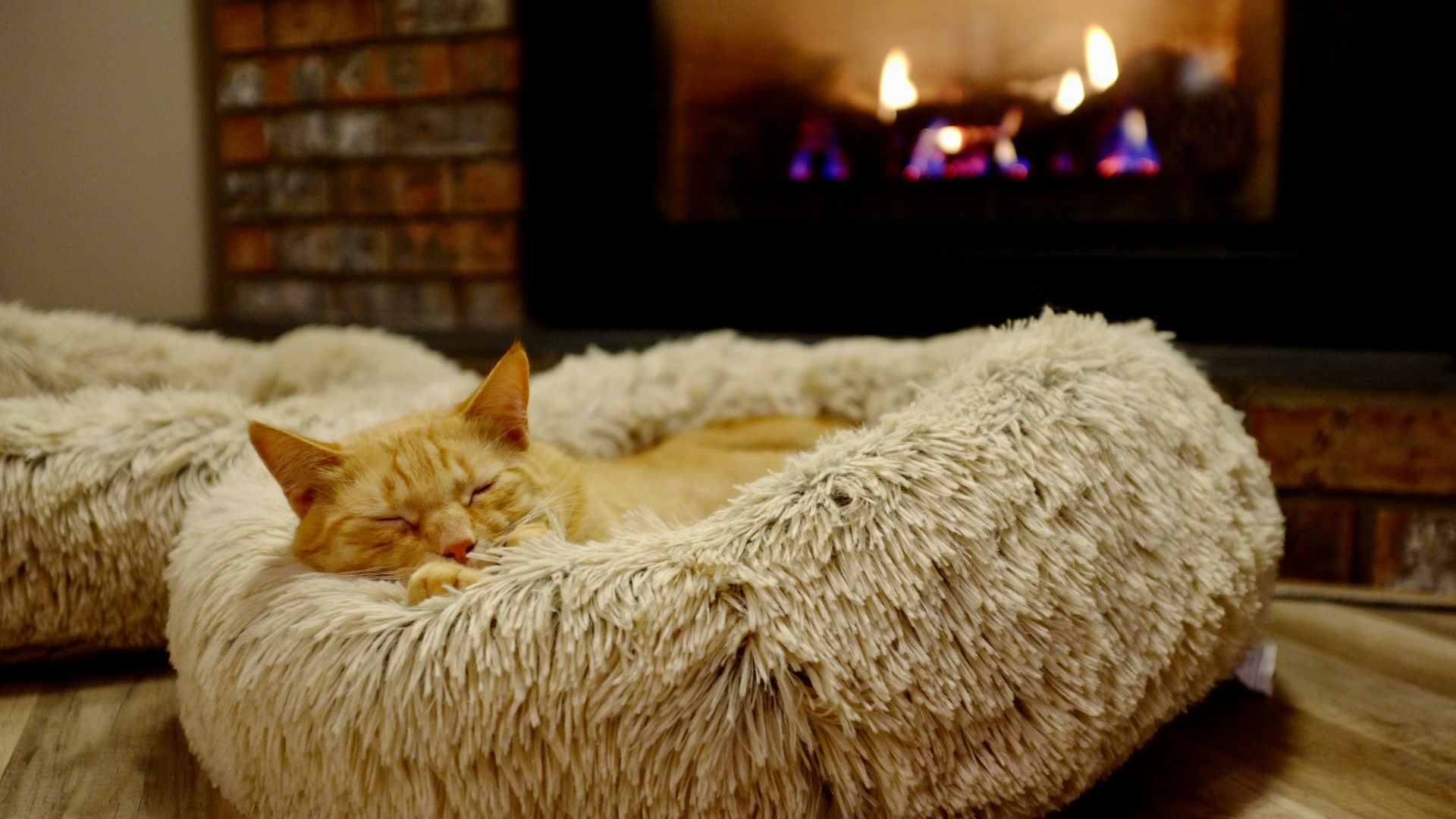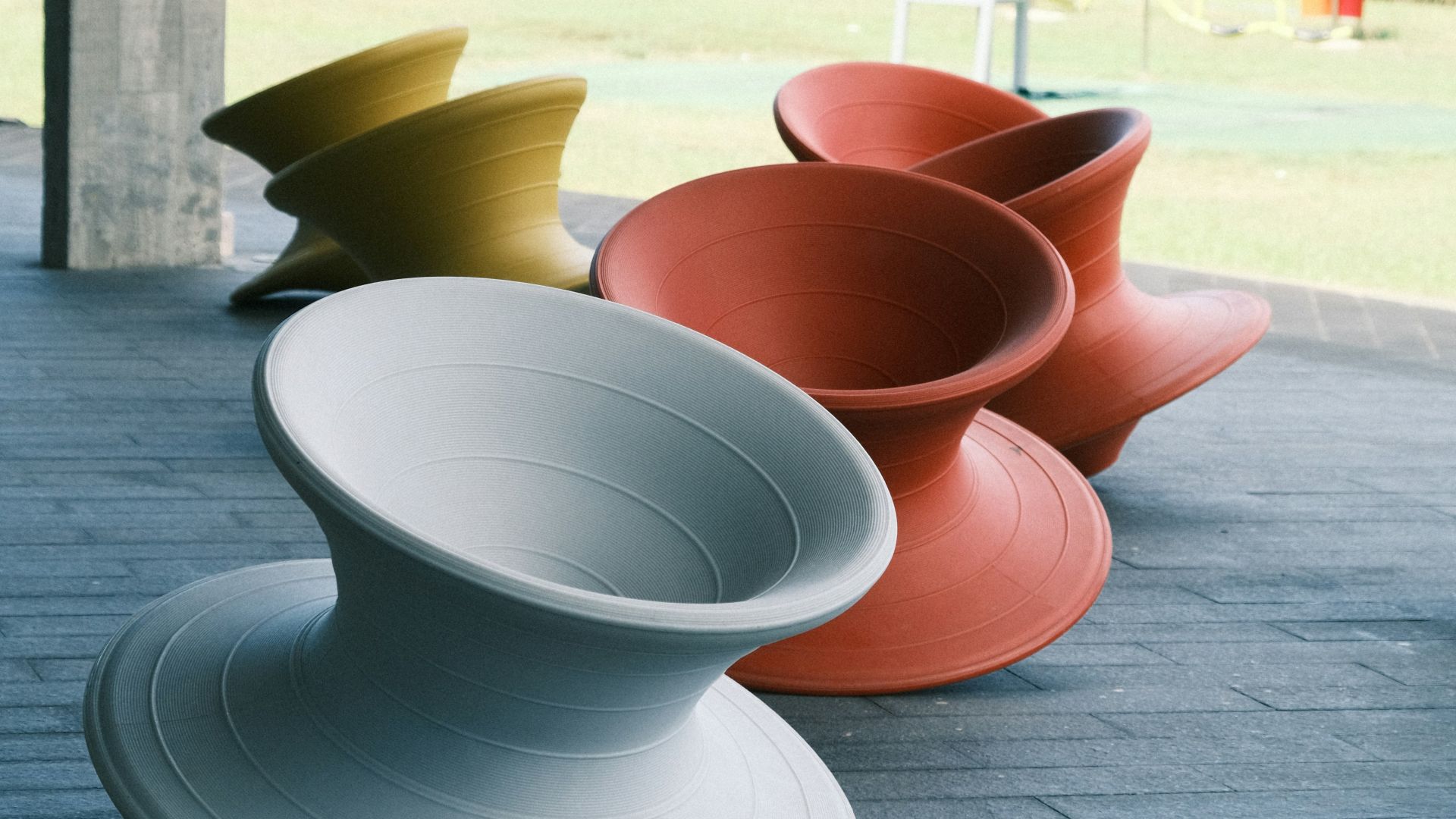The Four-Legged Dream Home
Your furry friend is a part of the family, are they not? So they should have their dedicated space just as much as the next person. For us humans, creating a space for what is essentially a four-legged toddler also means we don’t have to constantly worry about what they’re getting up to… or into.
1. Keep Cords Contained
To cats and dogs, a random cord is a really fun chew toy—that can be really expensive to replace. There’s also a potential risk for electrocution if any plugged-in cords are easily accessible. Your best bet is to keep cords out of reach, either in a covered basket or high on a shelf, while floor cords should be hidden away as best as possible.
2. Give Them A Dedicated Space
Pets need a safe space that they can go to, just like the rest of us. It doesn’t have to be big, but a covered corner with a comfy bed will make them feel protected, comfortable, and secure.
3. Cleanliness
We all deserve a clean space. Vacuuming up dirt or litter, regularly washing food bowls, and wiping your pet down after mealtimes or on wet days keep your space clean and keep your pets healthy.
4. Pet Proofing
One of our pets' favorite activities is to put hazardous objects into their mouth, so it’s important to keep bobby pins, shoes, bags, remotes, or other small items out of reach. Older pets have less of a tendency to eat whatever they can find, but puppies and kittens will get into just about anything.
5. Plants
If you’re a plant and pet parent, you need to make sure that your greenery is non-toxic to your pets, as casual grazing is common. If you have a toxic plant that you absolutely adore, make sure to situate it far away from prying paws.
6. Strong Scents
Cleaners, Air fresheners, incense, and essential oils are all hazardous to pets' respiratory systems, including reptiles. Before you invest in one of these products, it's best to see if they’re pet-safe to use.
7. Create A Feeding Station
We have a dining table, so your pets should have one too. Incorporating a feeding station into an area of your home helps your pet to understand where and when feedings occur. Bonus points if you can find a spot where you’re not constantly kicking bowls across your floor.
8. Window Seat
Cats very much enjoy people-watching, so it's a great idea to create an area for them to do so. You can get a comfortable cat bed to put on a window ledge, set up a cat tree next to the window, or invest in one of those suction beds that can attach directly to the window pane.
 Leighann Blackwood on Unsplash
Leighann Blackwood on Unsplash
9. Toy Rotation
One of the many joys of having pets is getting to play with them, but our animals can get bored with the same plaything after a few days. It's a good idea to have a wide variety of different toys for your pets to play with. Luckily, this is easy enough to do, as many of us will casually add a toy to our cart when we’re out shopping.
10. Scratching Posts
To keep nails short and your furniture protected, invest in a high-quality scratching post for your kitty. Sisal rope or corrugated cardboard are your best options, as they’re highly durable and the most appealing to our pets.
11. Wall-Mounted Items
Cats love being up high, so creating a space that they can observe from will bring them insurmountable enjoyment. If you don’t have the room for a clunky cat bed, you can create an engaging and comfortable space for your kitty by mounting sleeping spaces to your wall.
12. Protect Your Fabrics
If your pet is the type to snuggle up with you on the couch, you may want to invest in a durable fabric cover to prevent excessive wear and tear on your furniture. Alternatively, a new (or naughty) pet may be prone to accidents, so this is also a great option to keep urine from seeping into fabrics.
13. Litter Box Placement
If your toilet were in a high-traffic, high-noise area of your house, how would you feel? A cat’s litter box should be regularly cleaned and placed in a quiet area of the home. If you don’t have that kind of space, you can invest in a litter-box-friendly piece of furniture, where the toilet is still hidden, even if it's in a central area.
14. Consider Your Exterior
Dogs, especially, need a dedicated outdoor space where they can get exercise and do their business. This could mean regular walks or a nightly trip to the dog park if you don’t have a yard space. Cats also quite like the great outdoors, so a protected “catio” or screened-in area may also be a good investment.
15. Prevent Escapes
Any type of animal is prone to escaping. Always make sure your interior and exterior doors are closed so your furry friend can’t slip out unnoticed. For smaller animals like hamsters, guinea pigs, or ferrets, a smaller-barred cage is necessary to avoid any escape attempts.
 Joaquin Paz y Miño on Unsplash
Joaquin Paz y Miño on Unsplash
16. Create A Central Hub
If you have many pets, or one or two really, really big dogs, a corner of your living room isn’t going to cut it. You’ll want to dedicate a large portion of your living space, possibly even an entirely separate room, to the comfort and care of your animal(s). This is also a great organization tool, as you can keep food, toys, and other care items in one spot.
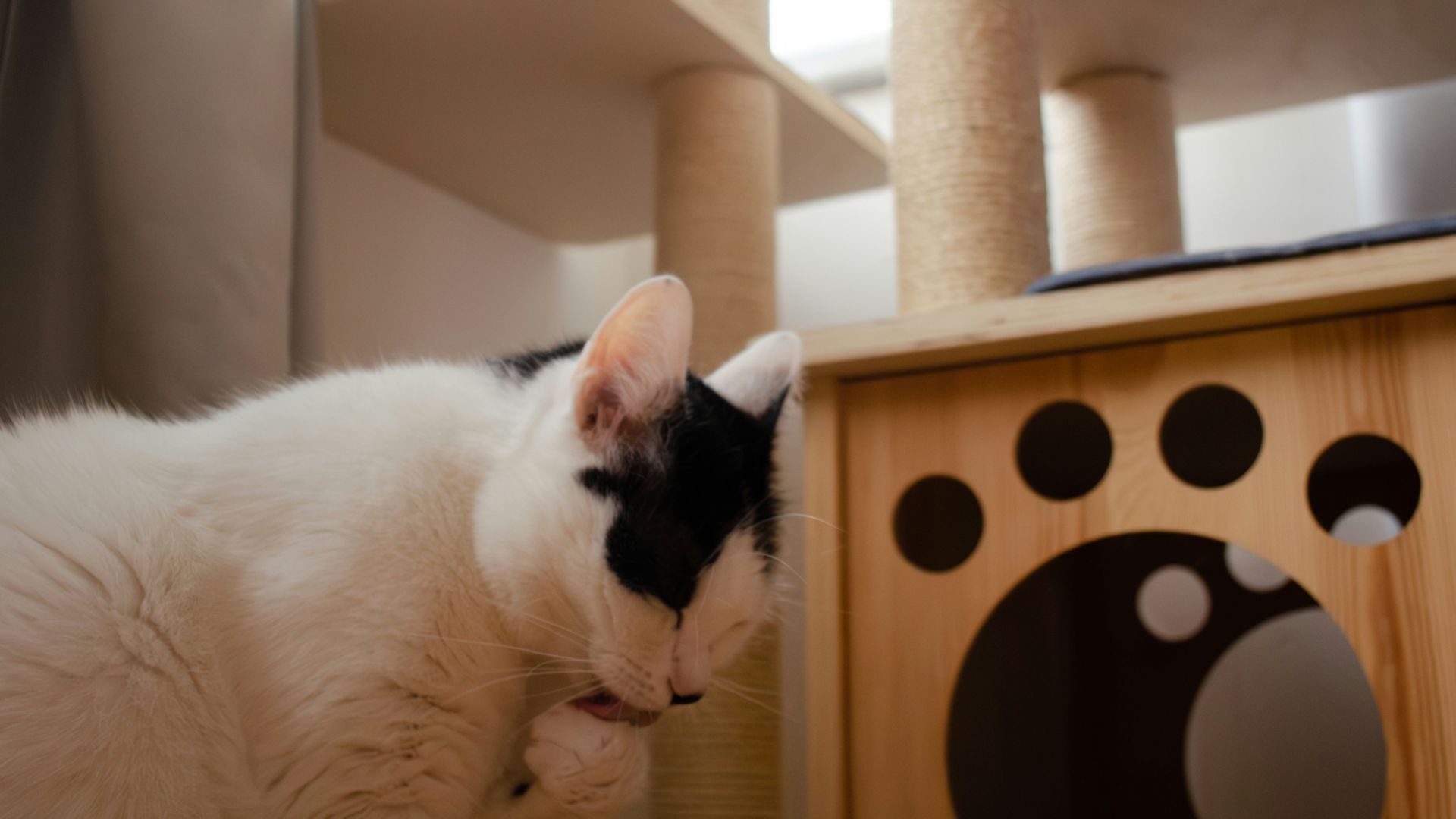 Sandra-Beatrice Molnar on Unsplash
Sandra-Beatrice Molnar on Unsplash
17. Consider Hazardous Foods
If you have a particularly curious George on your hands, you should make a habit of cleaning up meals as you’re making them. Onion, garlic, avocado, and other common ingredients are toxic to pets, and the potential for illness is easily avoided if you toss, cover, and wipe down your cooking area as soon as possible.
18. Keep Trash Closed
Like meals, pets will happily put their heads into a trash can to pull out all sorts of hazardous goodies. Your best bet is to have a closed-lid trash can, or better yet, garbage hidden behind a cabinet.
19. Keep Them Close
Our furry friends love to be close to us, so if you can create a comfortable common space for you and your pets, they’ll be as happy as a clam. If you work from home, consider adding a pet bed attachment to your desk, or pop a comfortable space into your living room so your pet can rest easy while you’re lounging.
20. Elevated Bowls
Leaning down to eat can cause strain on pets' necks and joints, and can be potentially hazardous for animals with arthritis or other health concerns. An elevated bowl keeps a pet's spine and neck more neutral, reducing joint pain, and can also reduce fast eating or bloating problems.


